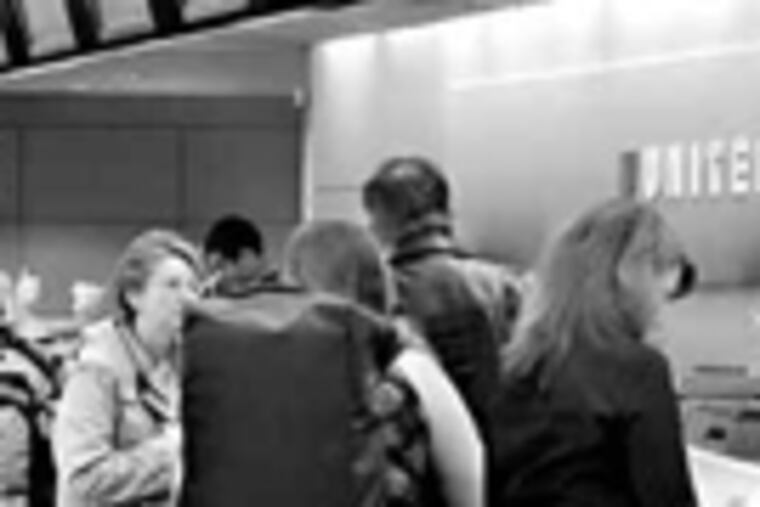Winging It: Airlines' numbers are flying high
The travel business - particularly air travel - has traditionally been an economic barometer, declining ahead of a recession and showing new signs of life early in a recovery.

The travel business - particularly air travel - has traditionally been an economic barometer, declining ahead of a recession and showing new signs of life early in a recovery.
My sense is, the economy is improving, based on how much airfares have increased over a year ago, as well as the results of a survey released last week about the vacation plans of travelers and other recent research on the airline business.
Anyone who has paid for a ticket recently knows why Wall Street analysts are giddy about investing in airlines these days. With air traffic plunging in the winter and spring of 2009, the airlines made sharp cuts in their flight schedules and cut fares to attract customers. Today the numbers are going the other way.
Airfares to Europe provide the greatest sticker shock for anyone contemplating a vacation. Many of them are a good 20 percent or more higher than they were a year ago.
The combination of fewer available seats and growing demand began to help the big airlines in April and then really began paying dividends in May. US Airways' revenue-per-passenger-mile-flown, a basic measure of which way fares are going, was up 18 percent in May compared with a year ago. At Continental, Southwest, and United, the revenue soared 21 percent or more in the month.
The survey on vacation travel, called "Portrait of American Travelers," asked 2,500 people with annual incomes of at least $50,000 about trips they had taken in 2009 and what they planned for this year.
The sampling, done by travel-research firms YPartnership and the Harrison Group, found travelers still worried about the health of the economy and their own finances, and cautious about spending too much on anything that's not a necessity. But the survey also confirmed that Americans still consider a vacation a birthright, and many of them have not altered their travel patterns.
Not surprisingly, the higher the income, the more likely people were to say they not only continued to travel last year but also are planning to increase the number of leisure trips they take in 2010. Those with incomes of $50,000 to $125,000 expect to take an average of four leisure trips this year, the same as the average in previous years.
The most interesting finding to me in the survey was that the recession has not made many people afraid to travel. Rather, it has made them more careful and resourceful about what they spend so they can still afford what they want.
The other research that intrigued me may not seem directly related to the recession, but there's a connection. The study looked at the value of airline frequent-flier programs in terms of how often participants can actually redeem miles for flights.
The research was conducted by the IdeaWorks and ezRez Software, of Shorewood, Wis. These are the same firms that have done major studies on the value to airlines of a la carte fees and the other ancillary revenue streams the carriers eagerly created for themselves while the economy was in the dumps.
It would seem an airline climbing out of a financial hole would want to enhance the value of its frequent-flier program for its most loyal customers, not make it harder to get rewards. That doesn't seem to be the case with some of the carriers.
"Reward-seat availability is a key measurement the best customers use to assess the value of a frequent-flier program," the researchers said in a report. "When seats are lacking, consumers grumble in protest to friends, coworkers, and members of the media. Perhaps just behind a la carte fees, reward-seat shortages have become the number-one complaint among savvy travelers worldwide."
To test award-ticket availability, IdeaWorks made 6,160 booking queries at the websites of 22 frequent-flier programs during February and March. Travel dates were from June through October, and 10 long-haul routes and 10 pairs of destinations under 2,500 miles were checked.
Southwest Airlines was ranked first, with an award-ticket available 99 percent of the time. The next six airlines, with awards available on more than 75 percent of the dates checked, were all foreign carriers: Air Berlin, Air Canada, Virgin Blue, Lufthansa, Singapore, and Iberia.
Alaska Airlines finished in the No. 8 spot, at 75 percent seat availability, followed by Qantas at 73 percent and Continental at 71 percent.
The rest of the U.S. carriers: United, 69 percent; AirTran, 68 percent; American, 58 percent; Delta, 13 percent; and US Airways, 11 percent.